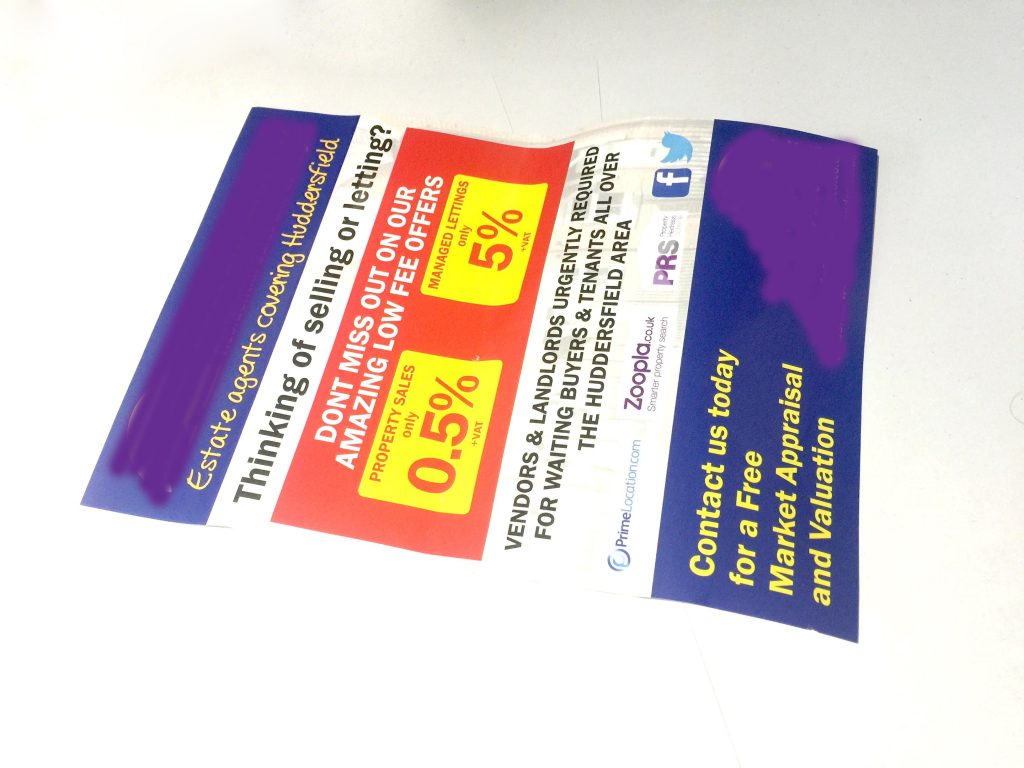Marketing – Back to basics
Marketing is all about educating your customer about a product or service.
Ask any educational professional about key learning styles or methods and they will talk about Visual Auditory and Kinaesthetic (or VAK).
Over the last decade, we have seen a rush to engage digital technologies for the ease and convenience they bring. However, the rush has made us forget the key premise of how we learn. The engagement from touch, reality, which builds trust, through physically being there is missing.
The need throughout the COVID-19 pandemic to be still connected heightened the advancement of digital meetings, through zoom, teams and other platforms. We all read each other’s non-verbal language without even realising it, which has been devoid from digital platforms due to only seeing bust upwards of most participants. However, are we missing other communication receptors in this digital advancement? I know from people I have had conversations with, some have experienced zoom-burn-out, with back to back meetings, taxing the individual’s concentration to the max, through constantly staring at a small screen.
Working only with visual and auditory senses, it’s challenged us. When you think that sight is more than a small screen, hearing is more than the immediate speaker on a call. It leaves touch, which when we pick up something, a book, a pen or even a digital device, they are all crafted to evoke reactions. When we meet people we are aroused by the smell from perfume or aftershave or even fabric conditioner, the typical business meeting we’d meet for coffee or something else and we’d remember the taste and flavour of the coffee or the environment we were in. We build a picture of that moment and automatically attach it to the individual, this forming a mental picture and memories, whether favourable or not.
So are we missing a trick? Is now the time to return to being physical, leading the waive in positively creating memories? Of course, I am biased, I feed of tactile engagements, through my own experiences in print and design. Is it time to arouse the senses?
I am fortunate that I can do things differently, that I am accountable to myself. We have even before the pandemic did engagements via traditional mail, which evoked the senses. Our 2nd birthday being one example, where we partnered with CHIPP Coffee to deliver a cupping experience for our guests. The invitations featured physical real coffee beans inside a tactile (Linen textured board) gatefold (opening out from the centre) invitation. This raised a significant level of interest. Plus, once Royal Mail had processed the mail, they had also gently ground the beans to release some coffee aromas. Over the years we’ve inserted enveloped tea bags, chocolate bars and many other things to play on the wealth of sensory receptors of your audience.
The thinking overall is to think about the total experience, not just the design or the visual. In a world where marketing messages swamp us, the need to be different and pronounced and clear is paramount to achieving better results.






